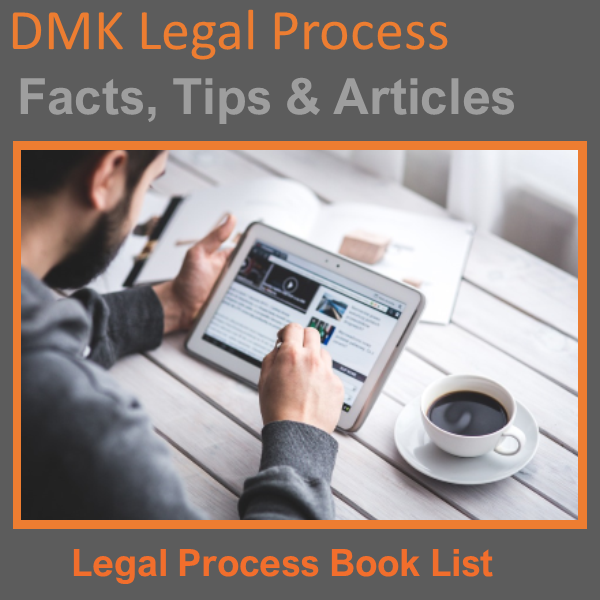- Details
- DMK Editorial
- Legal
- Hits: 483
One of the most telling lessons one can learn when going through a legal battle such as divorce is that there are no guarantees. Anyone, including an attorney, who tells you, "You will win in court" (when referring to division of assets and allocation of debts) is preaching nothing but ignorance. Instead, I subscribe to the Socrates concept, "I know that I know nothing." And in the case of divorce court, the only certainty we can rely upon is the uncertainty itself. We should only accept the opinion of value of our positions through an interpretation of the law that applies to them.
- Details
- DMK Editorial
- Legal
- Hits: 477
Understanding the Government Employee Equivalent of a QDRO
When couples go through a divorce, the division of retirement benefits is often a crucial part of the process. For private-sector employees, a Qualified Domestic Relations Order (QDRO) is used to divide retirement benefits. However, for government employees, different legal mechanisms are in place. These alternatives vary depending on whether the employee works for the federal government, the military, or a state/local government entity.
Federal Employees: Court Order Acceptable for Processing (COAP)
Federal employees under the Federal Employees Retirement System (FERS) or the Civil Service Retirement System (CSRS) cannot use a QDRO. Instead, they must obtain a Court Order Acceptable for Processing (COAP). This order serves the same purpose as a QDRO but must comply with federal regulations and be approved by the Office of Personnel Management (OPM).
In addition to traditional pensions, federal employees may also have a Thrift Savings Plan (TSP), which functions similarly to a 401(k). The division of a TSP account requires a separate order that meets TSP-specific guidelines.
Military Employees: Military Pension Division Order (MPDO)
For members of the U.S. military, the division of retirement benefits is governed by the Uniformed Services Former Spouses’ Protection Act (USFSPA). Instead of a QDRO, a Military Pension Division Order (MPDO) is required. This order must adhere to both state law and federal military regulations to be enforceable.
Military retirement benefits can be divided as part of a divorce settlement, but specific rules apply, such as the 10/10 Rule, which states that a former spouse can receive direct payments from the Defense Finance and Accounting Service (DFAS) if the marriage lasted at least 10 years overlapping with 10 years of military service.
State and Local Government Employees: Domestic Relations Order (DRO)
State and local government employees are often part of public pension systems that are not governed by ERISA (Employee Retirement Income Security Act), meaning a standard QDRO does not apply. Instead, each state or municipal pension system has its own equivalent, typically called a Domestic Relations Order (DRO) or another similarly titled court order.
Each state has unique rules for processing these orders, so it is crucial for divorcing spouses to work with legal professionals familiar with the specific retirement system involved.
Key Differences Between QDROs and Government Alternatives
- Jurisdiction: QDROs fall under ERISA and apply to private-sector pensions, while COAPs, MPDOs, and DROs are subject to government-specific laws.
- Processing Authority: Private plans are overseen by plan administrators, while government plans require approval from OPM (for federal employees), DFAS (for military personnel), or state/local pension authorities.
- Plan-Specific Requirements: Each government pension system has unique requirements that must be met for the order to be valid.
Conclusion
Dividing retirement benefits in a divorce is complex, especially when government pensions are involved. Understanding the appropriate legal instruments—such as a COAP for federal employees, an MPDO for military retirees, or a DRO for state and local employees—is essential to ensuring a fair division of assets. Consulting a qualified attorney experienced in government pensions can help navigate these complexities and secure a favorable outcome
- Details
- DMK Editorial
- Legal
- Hits: 808
While it sounds like it could be a divorcing soda or a divorce de-shedding service, rest assured it's actually a sexy divorce trend! Celebrities, as well as, everyday couples seek a bifurcated divorce every year! But it's more than a simple trend in the legal world and certainly not an option for every divorce. Get the details and find out of it is right for you!







 How to resolve AdBlock issue?
How to resolve AdBlock issue?